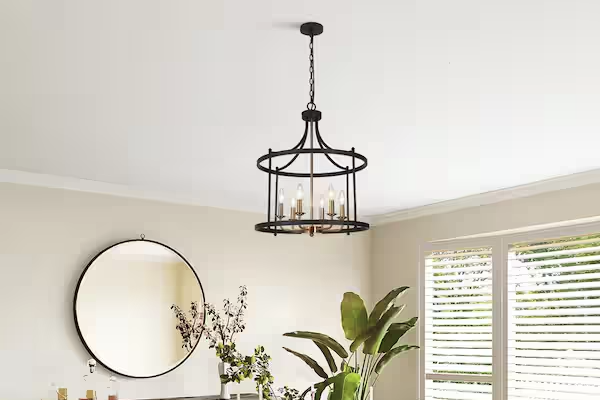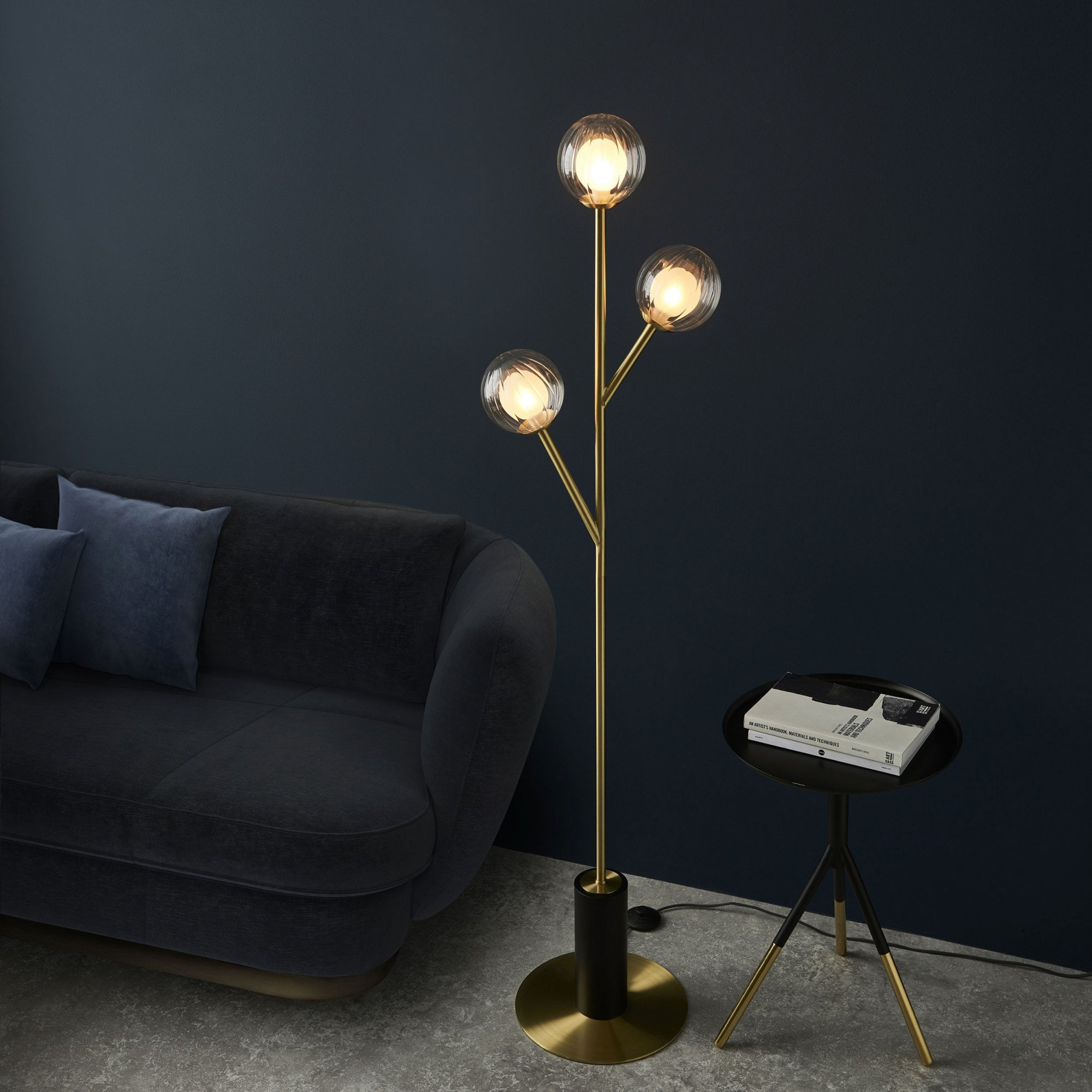Introduction
LED surface lights have become increasingly popular in recent years, and for good reason. They offer a high level of brightness while consuming minimal energy, making them an eco-friendly and cost-effective lighting option. In this article, we’ll explore everything you need to know about LED surface lights, including their benefits, types, and installation.
Benefits of LED Surface Lights
LED surface lights offer a wide range of benefits, including:
Energy Efficiency:
LED surface lights consume significantly less energy than traditional lighting options. They use up to 90% less energy, which translates to lower electricity bills and a reduced carbon footprint.
Brightness:
LED surface lights are incredibly bright, making them the perfect choice for a variety of spaces. They offer clear and even illumination, ensuring that every corner of the room is well-lit.
Longevity:
LED surface lights have a long lifespan, with some models lasting up to 50,000 hours. This means that you won’t have to replace your lights frequently, ensuring cost savings in the long run.
Environmentally Friendly:
LED surface lights are environmentally friendly as they don’t contain any hazardous materials, such as mercury. They are also 100% recyclable, making them an eco-friendlier option compared to traditional bulbs.
Types of LED Surface Lights
LED surface lights come in various types, including:
Round LED Surface Lights:
Round LED surface lights are the most common type and are available in different sizes and wattages. They are perfect for use in living rooms, bedrooms, and other interior spaces.
Square LED Surface Lights:
Square LED surface lights offer a more modern look and are suitable for use in contemporary spaces. They are available in different sizes and wattages.
Panel LED Surface Lights:
Panel LED surface lights are mounted flush to the ceiling and provide a clean, seamless look. They are perfect for use in offices, conference rooms, and other commercial spaces.
Installing LED Surface Lights
Installing LED surface lights is relatively easy and can be done by following a few simple steps:
Step 1: Turn off the Power:
Before beginning the installation, turn off the power supply to the area where you’ll be installing the lights.
Step 2: Mark the Location:
Using a pencil, mark the location where you want to install the lights. Ensure that the markings are even and spaced out correctly.
Step 3: Cut the Hole:
Using a jigsaw or handsaw, cut a hole in the ceiling according to the markings. Ensure that the hole is the correct size for the lights you’re installing.
Step 4: Connect the Wires:
Connect the wires to the light fixture, ensuring that the connections are tight and secure. Follow the manufacturer’s instructions on how to connect the wires correctly.
Step 5: Attach the Fixture:
After connecting the wires, attach the light fixture to the ceiling using the screws provided. Make sure that the fixture is level and flush against the ceiling.




